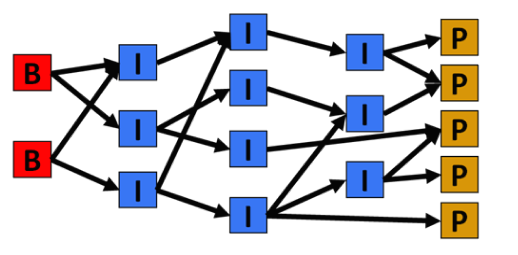
I recently followed a lecture about benefit attribution in change programmes and projects where the presenters from a large organisation were claiming that although benefit attribution is very important to their organisation, it is considered very hard to implement and therefore they do not put any concerted efforts behind it.
I found myself carefully considering the various ways to establish benefit attribution – how much of the overall organisational value brought about by a change programme can be claimed to have been caused by the activities of a specific project as opposed to other things that were going on at the same time?
If this is what we mean about benefit attribution, does it matter how much change/impact was caused by a specific project out of the portfolio of projects of the change initiative? At one level the answer might be “no”; as long as the overall change programme resulted in the desired business and operational changes and brought about the improvement of value as determined by the change stakeholders then the value of the specific projects should not matter.
Although this might be the case, there are many projects that are required by their funders to demonstrate impact; how and to what effect they spent the funds allocated to them. This is particularly the case for public sector organisations that rely almost entirely on public funds to operate. In these cases specific project benefit attribution can be of particular importance, and managers may have to claim specific benefits in order to justify projects.
In our view the importance of benefit attribution lies on the fact that it should be linked, among other things, to organisational learning; if a project generated 80% or 90% of the organisational value then the organisation needs to identify this and learn from what went well as part of its improvement processes. At the same time if many projects resulted in the same benefit then questions need to be asked about appropriate prioritisation of projects and overall portfolio management within the organisation.
Regardless of the intentions, accurate attribution becomes increasingly difficult post project and it is therefore important to ensure that it is addressed within the lifetime of the project when there is a specific focus on the development area, further enabling better implementation of intended changes within the organisation.
One way we have found that helps to identify benefits and makes the benefit management and attribution process easier is mapping the overall organisational strategic objectives, to the benefits (B) that each planned change programme or project will realise, to the specific organisational changes (Impacts) within the business to be introduced and their specific and measurable Key Performance Indicators (KPIs), to the project deliverables (P).
Through the development of a ‘line of sight’ between the intended benefits, the changes to the organisational blueprint and the project deliverables it is possible to identify potential ‘widows’ – changes that are not associated with any mechanism able to cause or support the necessary changes within the organisation and ‘orphans’ – deliverables that are not linked or needed to deliver the changes and benefits being sought. This process will further identify which projects are responsible for which benefits making the benefit attribution process much easier.
The undertaking of such a process, apart from enabling easier and better benefit management and attribution has several other positive effects on change initiatives:
- It enables stakeholders to test whether the articulated organisational strategy is executable through the designed change programme
- It strengthens buy-in from all stakeholders through a compelling visual map of benefits, impacts and products with direct links between them
- It enables the execution of “what-if” scenarios optimising the project portfolio and reducing delivery complexity, risk and cost
- It creates a proven plan to deliver specific types of benefits (financial, strategic or risk avoidance) to the organisation.
Costas supports clients in the private and public sector throughout their change initiatives from the initial vision setting stages, to identifying and clarifying the anticipated benefits, to establishing the right metrics to track benefit realisation, to facilitating conflict resolution amongst stakeholders.
First posted on LinkedIn here:
https://www.linkedin.com/pulse/do-we-care-enough-benefit-attribution-should-costas-chryssou
Costas can be contacted by email here cchryssou@citi.co.uk
Latest posts by Costas Chryssou (see all)
- Why does strategy implementation seem to be such an issue? - July 13, 2015
- Portfolio management: art or science? - July 2, 2015
- What change behaviours can the private sector learn from the public sector? - July 2, 2015

